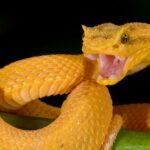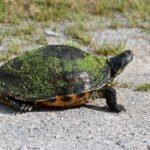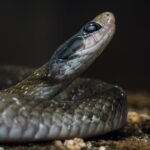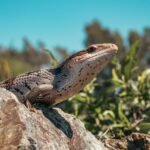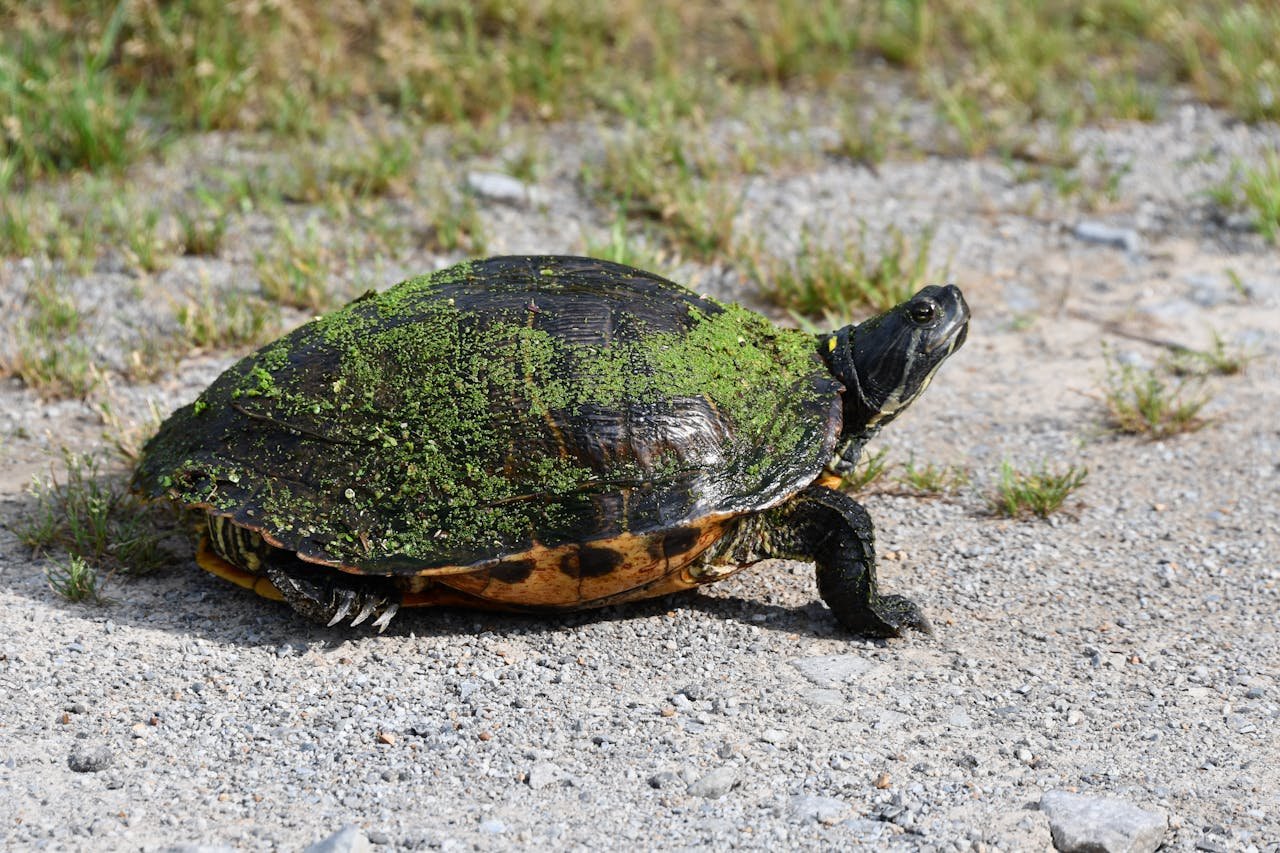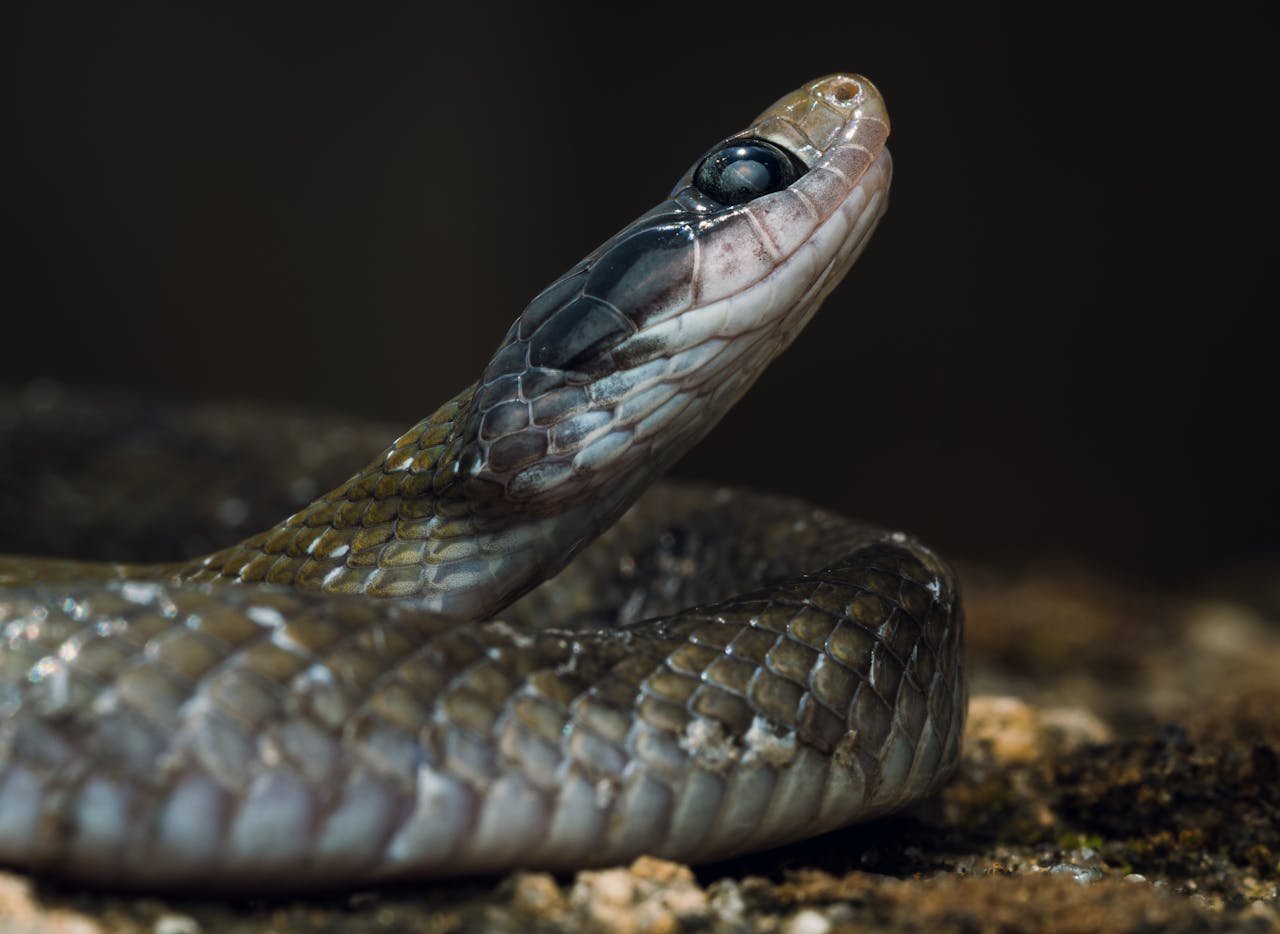Boa constrictors are probably among the most famous snakes in the world: large, powerful, and with that uncanny instinct for killing. From ancient mythology to modern media, the snake has fascinated the human psyche across ages. However, notwithstanding all this fearful potential, the possibility clearly exists that boa constrictors may just turn out to be quite good pets for people who have gained a little experience in handling these unique animals. In this article we take a look at life, behavior, and the care involved with Boa constrictors to show just how interesting these snakes can be, and important, to their ecosystem.
Physical Characteristics
Boa constrictors are huge, heavy-bodied snakes. Lengths run from 3 to 13 feet depending on habitat and sub-species. Boas are among a family of Boidae, which groups other huge snakes that include the pythons and anacondas. Boa constrictors have distinctive skin patterns; many times it’s a mixture of tans, browns, and creams with darker saddles crossing along the backs, coming to be very good camouflage in nature.
They have vertical slit pupils in order for them to see in poor light conditions and heat-sensing pits on the upper lip that enable them to make out body heat from preys. Boa constrictor scales are smooth, shiny, and often iridescent to give them an extra gloss of beauty.
Habitat and Distribution
Boa constrictors are among the best adapted snakes, having huge areas across Central and South America-from Mexico down to Argentina. These highly varied habitats include tropical rainforests, savannas, arid scrublands, and farmland. In fact, it has been believed that this scattered area is one of the reasons for this adaptability. Most of their natural habitat stays on the ground; nevertheless, they have a pretty good tree-climbing skill, especially in their childhood or while hunting their food.
Boa constrictors are carnivorous, and their major food contents are small and medium mammals, birds, and reptiles. Boas tend to ambush any little secretive way in which they can spot their prey. It strikes instantly when it sees any food within the strike zone radius by toothy bite, then suffocates the catch with powerful coils. Contrary to many beliefs, boas do not squeeze their victims to death; instead, they constrict-or tighten-their coils every time the victim exhales and does not let it inhale, the result of this being its suffocation.
Boas are extremely slow metabolically, and after a big meal they may often not feed again for several weeks or even months. They can eat as seldom as once a month out in the wild, sometimes less depending upon the size of the prey and environmental conditions.
Reproduction and Lifespan
Boa constrictors are ovoviviparous; they give birth to living young rather than laying eggs. Mating takes place during the dry season, and after approximately 5-8 months, depending on the size and health of the mother, it may give birth up to from 10 to 64 live young. The newborn boas are independent from birth, in no way dependent on parental care, hence need to fend for themselves right away.
They usually survive only about 20 to 30 years in the wild, while in captivity-with good care-they might even outlive that a bit. Already, that makes for yet another consideration of the future owner: boas take a long time commitment.
Conservation Status and Threats
Although none of the Boa constrictor subspecies are listed as threatened, they are threatened by habitat loss and hunting for skins and bushmeat in some areas and for the pet trade. Natural habitats are destroyed because of deforestation and expansion of agriculture, and boas are hunted both for skins and food in many regions. Wild populations are also threatened by overexploitation for the pet trade, although ethical breeding of boas has reduced demand for wild-collected individuals.

Conservation Conservation in the vast majority of cases consists of protecting their habitats and regulating their trade. Public awareness of the ecological significance of boas will likewise reduce the fear and persecution of them.
Boa Constrictors as Pets
Boa constrictors remain one of the more popular reptiles in the pet trade for good reason: overall amazing adult size, generally easygoing natures, and pretty low-maintenance care. However, they truly are not for everyone. Anyone wanting to become a new owner of such a snake should understand all the challenges that will come with housing a large snake: providing an adequate enclosure to safely house them, proper feeding on a somewhat regular schedule, and accepting their behaviors and needs.
The appropriate enclosure for a boa constrictor would be one representative of the natural environment with enough space for free movement and full stretching. It would include a hide box, a couple of branches to crawl around on, and a soaking bowl. Temperatures and humidity would be appropriately set and well-monitored in order to keep snake healthy-about 85-8590°F on one side, about 75-80°F on another much cooler side. Humidity-the generally accepted range falls within a range of 50% to 70%, depending on where the boa lived naturally.
Health and Care
They really are hardy snakes, but given that their cares are not well attended to, they can be burdened with a lot of health-related ailments. By no means rare would upper respiratory infections, parasites, and temperature or humidity-related ailments. Boas pay routine visits to a veterinarian much like any other pet in order to keep them at optimum health. Healthy boas would have clear eyes, a full, rounded body, and a healthy appetite.
Feeding should be done with right-sized prey-about the width of the body-normally once every 2 to 4 weeks because overfeeding results in obesity, which is too common among captive snakes.
Importance of Boa Constrictors in the Ecosystem
Boa constrictors act as predators and prey in the balances of the ecosystem. They balance the ecology since they hunt small mammals and birds that at times would be overpopulated with much ease and afterward destroy crops and spread diseases. Boas may become nutrition for big predators, including jaguars and birds of prey; this helps much in the dynamics of the food web in their habitat.
Conclusion

Boa constrictors are highly powerful snakes that happen to be apex predators in nature and among the most popular reptile pets. Colorful, versatile, and with very interesting behaviors, boas can be quite stimulating either to study or simply observe. Because of their ability to adapt easily to life, striking look, and interesting behaviors, it is interesting as well as captivating to study these species. People who will consider the boa constrictor as a pet may want to inquire into the huge commitment this big and long-lived animal requires.
We value the boa constrictors for their ecological role in the wild, treat them with due respect as an important part of the ecosystems in which they exist, support active conservation, and continue assuring a living future for these marvelous snakes both in the wild and in captivity. It could either be tightly wrapped in super-dense jungles, like the Amazon, or as a nice pet in an efficiently kept enclosure-the boa constrictor is always an overwhelming representative of width and resilience that nature possesses.

